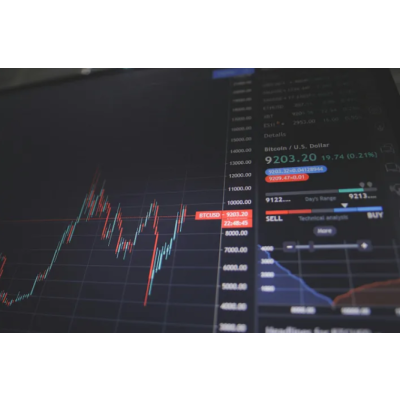

In the ever-evolving world of cryptocurrency, staying ahead of market trends and finding innovative trading strategies is key to maximizing profits. One such strategy that has garnered attention is grid trading, which allows traders to capitalize on average market volatility by placing orders at predefined intervals above and below a set price. Intrigued by this concept, I embarked on a journey to build my own Bitcoin futures grid trading bot, and I found an ally in this endeavor: ChatGPT 4.
Grid trading is a powerful strategy involving complex calculations and constant market monitoring. The idea was to automate this process using a bot that could execute trades within specified parameters, thus maximizing opportunities while I focused on other aspects of my life. The challenge, however, was in the execution. That’s where ChatGPT 4 came into play.
With no prior experience building trading bots, my first step was understanding the fundamentals of grid trading and the specifics of implementing such a strategy for Bitcoin futures. ChatGPT 4 provided a comprehensive breakdown, explaining key concepts such as:
Armed with this knowledge, I was ready to take the next step: translating the strategy into code.
For this project, two main tools were chosen based on ChatGPT 4’s advice: Python and Visual Studio Code. Python, for its simplicity and powerful libraries tailored for financial analysis, and Visual Studio Code (VS Code) for its robust features and support for Python development.
The first task was translating the grid trading strategy into a Python script. ChatGPT 4 provided a basic template that outlined the grid levels and simulated buy or sell orders based on the price movement across these levels. This script served as the backbone of the trading bot.
Next, I set up my development environment in VS Code on my Mac Mini. This involved installing Python, setting up a project directory, and familiarizing myself with VS Code’s features. ChatGPT 4’s step-by-step guide was instrumental in this phase, ensuring a smooth setup process.
With the script ready, the next step was to run simulations. This involved feeding historical price data into the script and tweaking the parameters to optimize the strategy. Through trial and error and continual guidance from ChatGPT 4, I refined the bot’s logic to better predict and capitalize on market movements.
This journey resulted in a fully functional Bitcoin futures grid trading bot capable of automatically executing trades within a defined set of parameters. While the bot is currently in a simulation phase, its potential for real-world application is immense.
The trading bot script is relatively simple for the sake of clarity. Below is a Python script example that outlines the basic structure of our grid trading bot:
# Define strategy parameters
lower_bound = 66819.7 # Lower price bound
upper_bound = 72933.1 # Upper price bound
num_grids = 5 # Number of grid levels
initial_margin = 10.00 # Initial margin in USDT
qty_per_order = 0.002 # Quantity of BTC per order
leverage = 125 # Leverage
# Calculate grid sizes and levels
grid_size = (upper_bound - lower_bound) / num_grids
grid_levels = [lower_bound + grid_size * i for i in range(num_grids + 1)]
# Function to simulate trades
def simulate_trades(price_data):
trades = []
current_level = None
for price in price_data:
for i, level in enumerate(grid_levels):
if price <= level:
if current_level is None or current_level != i:
current_level = i
trade_action = 'Buy' if i % 2 == 0 else 'Sell'
trades.append((trade_action, price))
break
return trades
# Example price data
price_data = [67000, 67500, 68000, 68500, 69000, 69500, 70000, 70500, 71000]
# Simulate trades
trades = simulate_trades(price_data)
print("Trades:", trades)MyTradingBotor whatever you like in your preferred location.trading_bot.py. Copy and paste the script above into this file.python3 trading_bot.py and pressing Enter.The script will output the simulated trades based on the example price data. This will give you an idea of how the bot would perform with real market data and allow you to adjust parameters as needed.
Building this bot was not just about coding; it was a comprehensive learning experience that covered financial strategies, risk management, and software development. ChatGPT 4 proved to be an invaluable resource, offering insights and guidance at every step.
The journey doesn’t end here. The following steps involve integrating the bot with a cryptocurrency exchange’s API for real-time trading and further refining the strategy based on live market data. The possibilities are limitless, and with AI like ChatGPT 4, even those with little coding experience can venture into the world of automated trading.